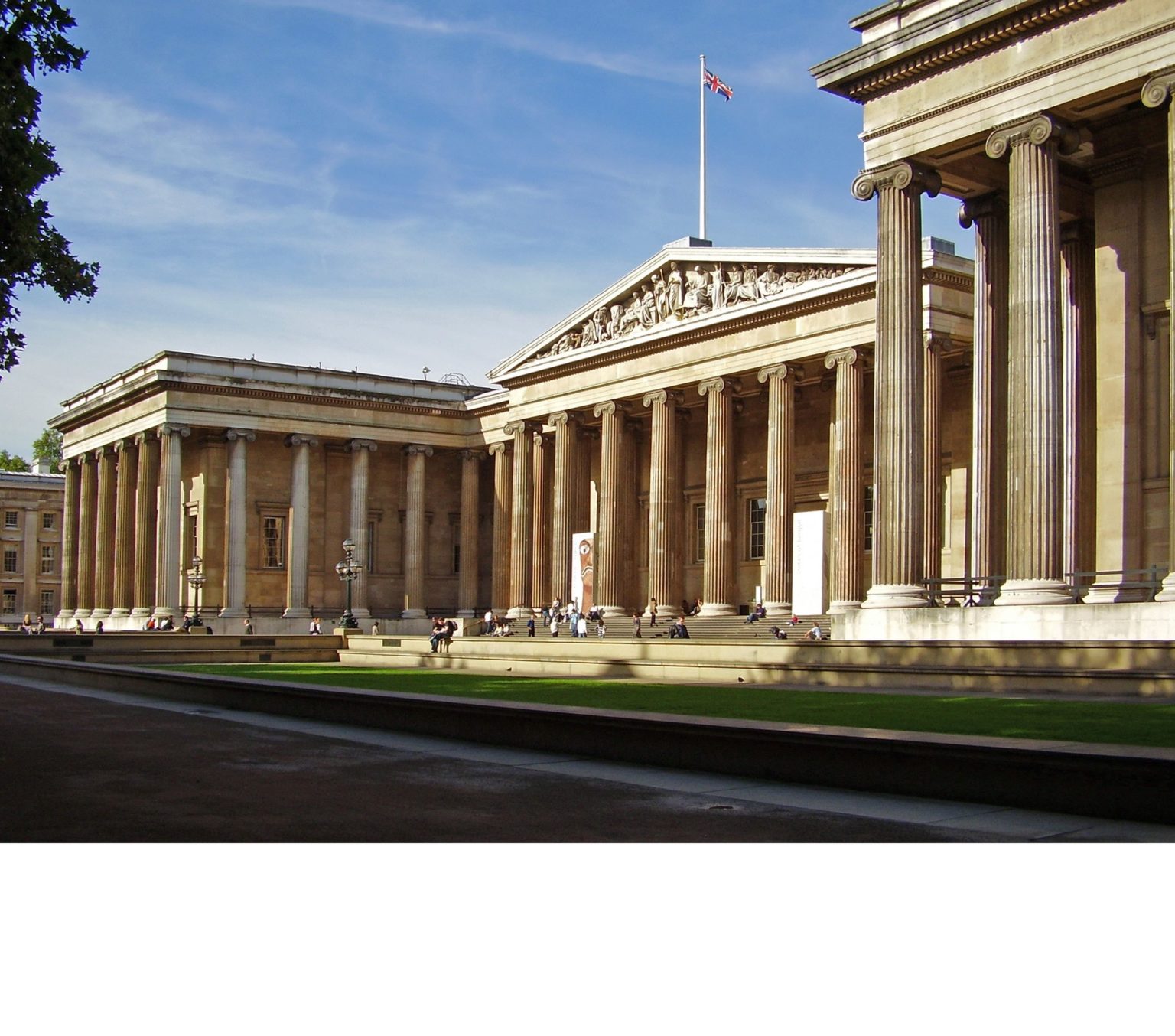Providing the key to improving museum security


James Thorpe
Share this content
With global art crime on the rise, Lisa O’Flynn, Market Development Manager at Abloy UK, explores how new advances in locking technology can help museums to strike the right balance between a great visitor experience and robust security.
Museums across the world possess many of the most precious cultural assets a community or country has and are appreciated and enjoyed by millions of visitors each year. It’s the priority of any curator to preserve the heritage entrusted to them; safeguarding objects in their care for future generations.
But art and artefact theft has always been big business. In 2018, INTERPOL reported more than 8,500 offences worldwide, with some 91,000 cultural objects stolen and almost 223,000 objects seized by law enforcement agencies.
Protecting museum exhibits is a complex business – it’s estimated that a mere 1.5% of cases see the art recovered and the criminal prosecuted, so protection of high value assets is essential.
Behind the scenes of any museum or heritage site, there wages an ongoing battle to protect these treasured items from irretrievable loss or destruction. Thankfully, continuous advances in technology are now making it easier and more efficient for cultural institutions to protect their assets.
A balancing act
Robust museum security is a fine balancing act; items must be open yet secure, exposed but guarded. They must be both impregnable but feel within easy reach. There must be a harmony that both protects the exhibits and encourages visitor interaction to heighten appreciation.
This must all be achieved while ensuring the security is discreet, provides value for money and meets building regulations and insurance stipulations. That’s not forgetting that it must also genuinely protect the items which are there because they are often, literally irreplaceable.
The traditional mix of security systems, physical barriers, CCTV/video, motion sensors and human guards should be standard, but physical access control is an essential tool to elevate any museum’s security.
To maintain stringent levels of security, only authorised people should be granted access to the secure areas and exhibits – and only at specified times – using a system that identifies which member of the team went where and when.
Modern, electronic access control has the functionality and flexibility to achieve this. Traditional panel-based alarm systems or mechanical lock-and-key systems cannot accomplish this – at least, not without placing a huge admin burden on security staff.
Revolutionising museum security
Abloy has a 110-year legacy of providing security solutions to some of the world’s greatest museums, including the Ashmolean in Oxford and the Vassa Museum in Stockholm.
In fact, once more than 50,000 Abloy locks guarded the contents of the British Museum. But Abloy has not rested on its laurels, maintaining its position at the forefront of innovative security technology.
Its own solution combines the best parts of the electronic and mechanical world. Based on a rotating disc cylinder, the patented PROTEC2 CLIQ ensures mechanical locking and electronic CLIQ technology enables the flexible management of keys, access rights and audit trails.
The PROTEC2 CLIQ locking solution enables system managers to delete access permissions on lost and stolen keys, thereby eliminating any potential security threat and the system produces instant audit trails for all the keys in use. It is also wireless and easy to install and doesn’t disrupt the physical or historical appearance of a building interior or exterior.
With a multi-layered system, effective access control can play a key role in minimising risk – whether in a heritage property with historic architecture to maintain, or in a modern building where contemporary security blends in easily.
Protecting the future of art
The purpose of museum security is not to close its doors, but to make sure they remain open to visitors in a responsible manner. Thanks to these advancements in locking and security technologies, museums are now being protected in increasingly innovative and effective ways.
An electromechanical solution gives security teams 100% control, 100% of the time. The question is: can you afford to take the risk?
For information on the products and services available from Abloy UK and to find out how they can help you, or to download the Museums and Heritage Brochure, visit https://bit.ly/2KiMJ3u, call 01902 364 500 or email [email protected].



